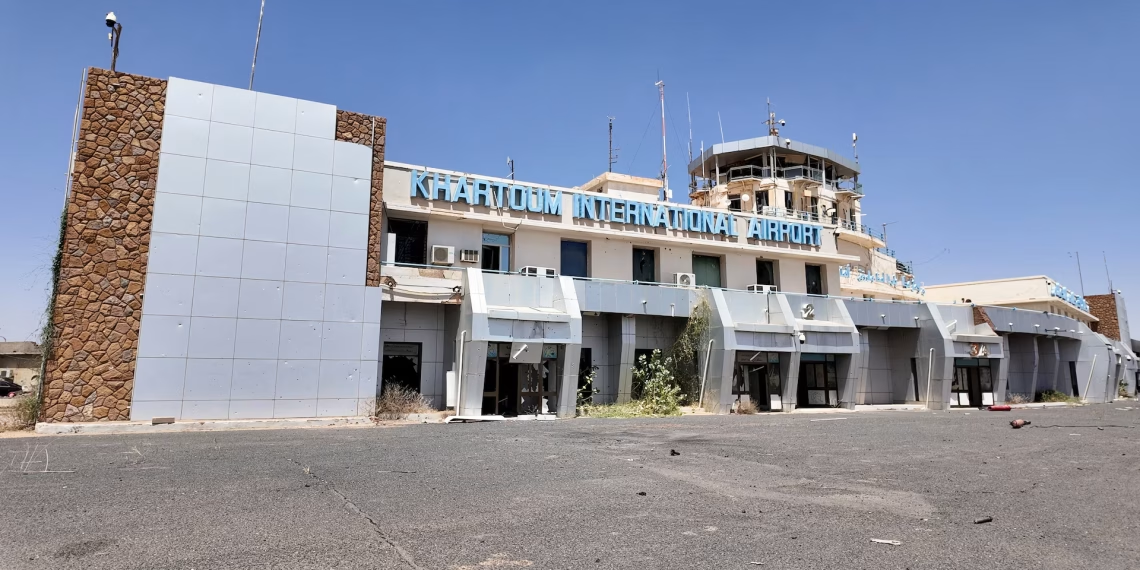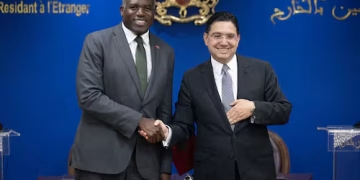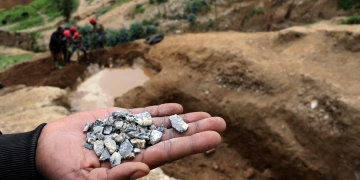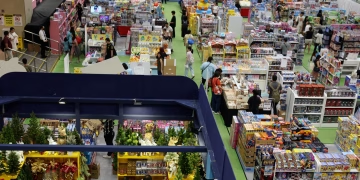Background & Project Overview
Sweden’s export-credit agency EKN has granted a loan guarantee for a major interconnector linking Uganda’s generation capacity to a new Kenya-Uganda border substation.
In effect, EKN will cover or underwrite some of the financing risk for this high-voltage transmission line project, thereby making it more bankable for private and public financiers.
The transmission line is designed to link Uganda’s grid (which carries significant hydro-generation) through to Kenya’s load centres. This kind of interconnector supports increased regional power trading, better utilisation of renewable generation, and increased grid reliability across East Africa.
Although full technical details are not publicly released in depth, the project involves high-voltage 400 kV equipment (or equivalent) and double-circuit lines, and new substations at border or interconnection points. EKN has also published an Environmental and Social Impact Assessment (ESIA) for the Uganda side of the line.
Why Sweden’s Guarantee Matters
1. Reducing risk & unlocking financing
By providing a guarantee via EKN, Sweden signals that it is willing to back large infrastructure in Africa — thereby reducing risk for lenders and investors. Guarantees help bridge the “perceived risk” gap for infrastructure in emerging markets.
In this case, financing for the line becomes easier to secure. With EKN’s backing, local utilities in Kenya and Uganda may access better terms, and contractors may get more favourable conditions.
2. Supporting regional integration
The Kenya-Uganda line is part of a broader push to integrate East Africa’s power systems. According to regional data, Kenya and Uganda already operate interconnectors (for example, a 400 kV link between Lessos and Tororo).
This guarantee strengthens that path: it helps build the infrastructure backbone needed for cross-border electricity trade — vital in a region where power deficits, renewables growth and climate resilience are major priorities.
3. Swedish strategic interests
Sweden gains through this arrangement too: Swedish firms or suppliers could win contracts supplying high-voltage equipment, engineering consulting, sub-station work or other specialised services. The guarantee thus supports Swedish export-industry growth in a globalising market. A Swedish analysis of African opportunities mentions major transmission-grid expansion plans in Kenya and regionally.
Key Components & Technical Scope
From what is publicly available:
- The project includes a 346 km, 400 kV double circuit transmission line from Tororo in Uganda to the Kenya border.
- It includes construction of new green-field substations and upgrades of two existing ones in Uganda.
- On the Kenya side, the interconnection links into Kenya’s grid via a border substation, enabling Uganda’s surplus power (especially hydro) to flow into Kenyan demand centres.
- Environmental & Social due diligence: The project was classified by EKN as Category A (highest E&S risk category for export-credit agencies) due to land acquisition, resettlement, biodiversity, water and working-conditions issues.
Implications for Kenya, Uganda & Region
For Uganda
- Uganda generates significant hydroelectric power (for instance via Karuma, Isimba) but domestic demand is still growing; this line allows exports into Kenya and thus revenue.
- Enhanced grid access and potentially higher utilisation and revenue for Uganda’s generation sector.
- Strengthening Uganda’s position in regional energy trade.
For Kenya
- Kenya benefits from access to additional, possibly lower-cost power, which can help meet demand especially from industrial and commercial users.
- The interconnector supports Kenya’s ambitions to be a regional power-hub and transit centre for East Africa.
- This helps Kenya diversify its power-imports and reduce reliance on any single route or generation source.
Regional and Economic Effects
- Electricity trade: The line helps the Eastern Africa Power Pool (EAPP) ambition of regional grid integration.
- Renewables: With more interconnection, countries can better absorb intermittent renewables (wind, solar) if supported by cross-border flows.
- Industrial growth: Lower power costs and improved reliability can attract industry and boost economic growth across the region.
- Energy security & resilience: Interconnected grids can support each other during outages or generation shortfalls, improving reliability.
Risks, Challenges & Considerations
Cost and Financing
While EKN’s guarantee reduces risk, major capital is still required. The cost of long-haul transmission, substations, land clearing and cabling is high. Delays or cost overruns can occur.
Land & Resettlement
Because the transmission line traverses rural and possibly ecologically sensitive terrain, land acquisition and resettlement are key risks. The Category A classification suggests significant concerns. Proper stakeholder engagement, compensation and environmental mitigation will be needed.
Technical & Operational Integration
Interconnecting grids across countries brings technical challenges: synchronisation, harmonisation of regulatory frameworks, tariffs, scheduling of exports/imports, maintenance and operations coordination. If one country’s grid has weaknesses, the other country may face spillover impacts.
Political & Regulatory Risks
Cross-border infrastructure involves multilateral coordination. Political changes, tariff disputes or regulatory delays may affect flow of electricity and commercial viability. Trust between utilities matters.
Sustainability & Environmental Impact
Transmission lines have environmental footprints: clearing corridors, biodiversity impact, local ecosystem disruption. Also, while hydro power is clean, large external exports must still consider local supply vs export trade-offs.
What to Watch In Coming Years
- Contracting & rollout: Which companies win equipment / construction contracts? Will Swedish firms participate?
- Financing closure: After the guarantee, how much debt, equity or multilateral financing is secured?
- Construction progress & commissioning: Milestones for line construction, substations, and energisation date.
- Tariff & power-trade agreements: The terms under which Uganda exports to Kenya — pricing, quantities, scheduling.
- Operational outcomes: Actual export volumes, reliability of flows, and whether the expected benefits (cost savings, reliability improvements) materialise.
- Regional spillover: Whether this interconnector encourages further links (e.g., Kenya–Rwanda, Uganda–DRC) or triggers additional private sector investment.
Strategic Significance in Broader Landscape
This guarantee and transmission line reflect several broader trends:
- Energy transition in Africa: As Africa expands its grid and introduces more renewable energy, regional interconnectivity becomes critical so that supply/demand imbalances can be managed and cost efficiencies gained.
- Infrastructure financing innovation: Export-credit agencies like Sweden’s EKN are stepping in to de-risk large projects in emerging markets — their role may become more prominent as private capital seeks lower risk.
- Regional integration & trade: The East African Community and regional economic communities view infrastructure as vital for trade, investment and economic growth. Energy corridors are natural complements to roads, rail and ports.
- Sweden’s export diplomacy: Sweden positions itself as a partner in African infrastructure, not only via aid but via commercial and export-credit mechanisms — supporting both development and Swedish industry.
In Summary
Sweden’s guarantee for the Kenya-Uganda transmission-line project marks a major step in East Africa’s push toward deeper energy integration. By linking Uganda’s generation assets to Kenya’s grid, the project promises to support cross-border trade, lower costs, enhance reliability and catalyse economic growth.
However, realising those benefits will require effective execution: financing, construction, operations, regulation and environmental/social management all matter. If successful, the project could serve as a model for further interconnectors in Africa, and for how export-credit agencies can play a catalytic role in infrastructure.








